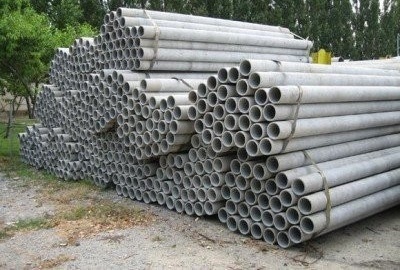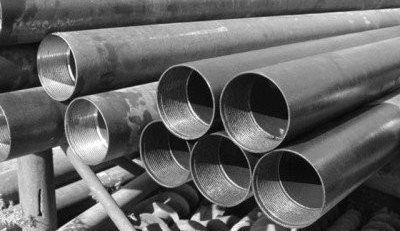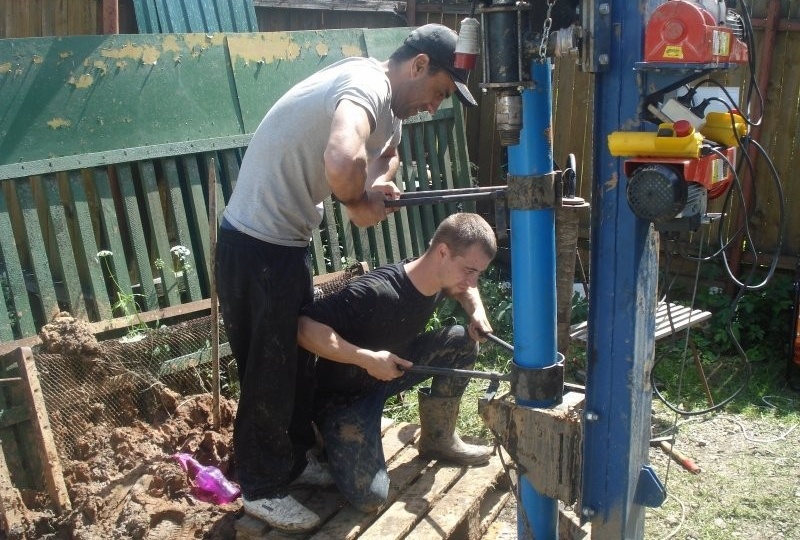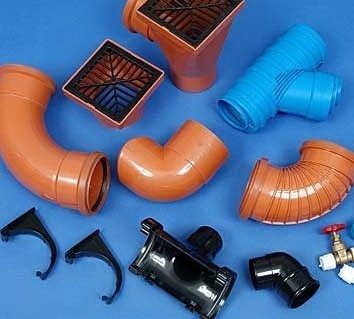What casing pipes to use for the arrangement of the well?
Hello! We are going to drill a well on the site. I just can’t decide which casing to choose. Do not tell me what options exist and what each of them is good for? Maybe you advise something specific? Thanks in advance.
To choose the right casing, you need to clearly understand what they are intended for. Details are a kind of shell that separates the thickness of the soil from the water. Inside the structure at a shallow depth is a submersible pump. Another “internal” pipeline extends from it to ground communications. The main task of casing pipes is to provide the channel through which water is supplied upward, integrity along its entire length.
The design should preserve its properties over the entire life cycle, which is equal to the life of the well and can last 20 years or more. This is due to the fact that during the operation of the facility to replace parts, most likely, will fail. The pipe must withstand quite serious dynamic loads and not give in to corrosion. For the arrangement of wells, you can use asbestos-cement, plastic or steel parts.
Option # 1 - asbestos cement
Asbestos cement pipes have been used in water supply systems since the middle of the last century. They are durable, non-corrosive and chemically neutral. Their main advantage in the eyes of a potential buyer is low cost. However, there are also disadvantages: fragility and wall thickness of the structure. Asbestos cement is brittle, to provide such a pipe with sufficient strength, it is performed with wider walls than traditional steel. This, in turn, leads to an increase in the diameter of the well, which increases the cost and complexity of the drilling process.

As casing, you should choose only asbestos-cement pressure pipes, which have a sufficient margin of safety
In addition, the increased fragility of the material complicates the installation of the pipeline and eliminates the possibility of working in the well with a drilling tool in the future. Consequently, when silting such a well, there will be practically no chance of its recovery. Asbestos-cement pipes can be installed as casing pipes only in structures with a depth of not more than 100 m, and also are not suitable as filter columns. Therefore, they can only be used for limestone aquifers located at a depth of less than 100 m.
Option # 2 - Plastic
Plastic pipes appeared relatively recently, therefore, there is simply no exact statistics on their behavior in long-term operation. However, it is safe to say that they do not corrode, are durable and are not able to “add” any impurities to the water. Three types of pipes can be selected as casing:
- NPVH - unplasticized polyvinyl chloride;
- PP - polypropylene;
- HDPE - low pressure polyethylene.
All types of plastic parts have the same benefits.It is light weight, which facilitates transportation and installation, high tightness of joints, ease of installation and low cost.
Among the disadvantages include sensitivity to mechanical stress and relatively low strength. Based on this, we can conclude that plastic casing pipes are suitable only for shallow, not more than 50-60 m, wells. At the same time, there should be no quicksand and saturated upper aquifers at the entire drilling depth. Also, plastic can be used in any case as a production pipe when drilling in two columns.
Option # 3 - Steel
Black steel for casing is a classic solution. A standard part with a wall thickness of 6 mm withstands the movement of any soil and maintains its integrity for at least 50 years. Another advantage of steel elements is its strength, which allows you to work with a drilling tool during operation. Thus, in case of siltation of the pipe, it can be cleaned. Among the disadvantages are instability to corrosion and, as a result, the appearance of rust in water. As well as the high cost of such pipes.
If we talk about the appropriateness of their use, it is optimal to use a steel casing for arranging wells for limestone and for deep structures. Various variations such as stainless, galvanized and enameled pipes are best not to be installed. Their use is justified by corrosion protection and concern for water quality. However, galvanized steel eventually begins to release zinc oxide, which is harmful to humans, into the water.
Enameled parts are very sensitive to mechanical stress. Installing them without chips is practically impossible. Such damaged pipes rust much faster to holes, because their wall thickness is less than that of ordinary steel pipes. Parts made of stainless steel are resistant to corrosion and, accordingly, the absence of rust in the water. Given their cost, as well as the durability of black steel and the ease of filtering out rust particles, it becomes clear that overpaying here is most likely pointless.



